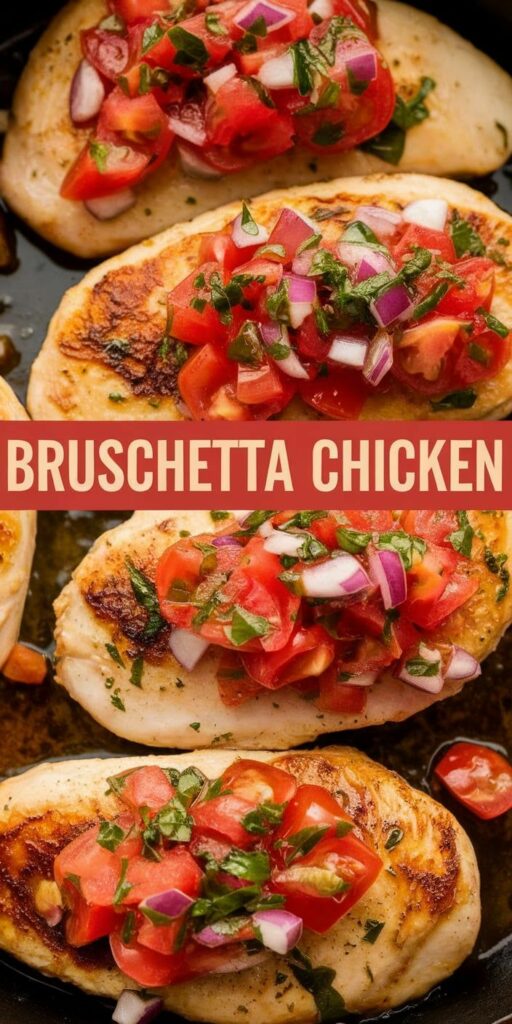Crafting the perfect homemade pita bread is easier than you might think. As a passionate home baker, I’ve discovered that creating soft pita bread from scratch transforms ordinary meals into extraordinary experiences. This simple pita bread recipe will unlock a world of culinary possibilities right in your kitchen.
Making homemade pita bread isn’t just about creating delicious bread – it’s about connecting with a tradition that spans generations. Each golden, puffy pocket represents a moment of pure culinary magic that store-bought breads simply cannot match.
My journey into baking the perfect soft pita bread started with a desire to create something fresh, healthy, and incredibly tasty. Whether you’re a seasoned baker or a curious beginner, this pita bread recipe will guide you through every step of creating bread that’s warm, soft, and bursting with flavor.
Imagine pulling a fresh, steaming pita from your oven – its soft interior ready to be stuffed with your favorite ingredients. That’s the promise of this homemade pita bread recipe. Get ready to transform your cooking and impress your family with bakery-quality bread made right at home.
Why I Love Making Pita Bread at Home
Baking fresh-baked pitas in my own kitchen has transformed my approach to bread making. The aroma of warm, homemade pita filling my kitchen is an experience that simply cannot be replicated by store-bought alternatives.
My journey into homemade pita bread revealed numerous advantages that go far beyond just satisfying hunger. The benefits of homemade pita extend well into nutrition, taste, and personal satisfaction.
The Magic of Fresh-Baked Pitas
Creating pitas from scratch offers unparalleled taste and texture. Each pocket emerges perfectly soft, with a delicate golden-brown exterior that store-bought versions can never match. The process allows complete control over ingredients and technique.
- Enjoy bread right out of the oven
- Control ingredient quality
- Experience authentic texture
- Customize flavor profiles
Health Benefits of Homemade Pita
Healthy pita bread starts with knowing exactly what goes into your dough. By selecting high-quality whole wheat flour and avoiding preservatives, I can create nutritionally superior bread.
| Ingredient | Homemade Pita | Store-Bought Pita |
|---|---|---|
| Whole Grains | 100% controllable | Limited options |
| Preservatives | None | Multiple additives |
| Sodium Content | Adjustable | Often high |
Cost-Effective Bread Making
Surprisingly, crafting my own pitas has become surprisingly economical. With just a few basic ingredients, I can produce multiple loaves for a fraction of retail prices.
- Reduced grocery expenses
- Bulk ingredient purchasing
- No packaging costs
- Minimal equipment required
Essential Ingredients for Authentic Pita Bread Recipe
Creating the perfect pita bread starts with understanding the right pita bread ingredients. My journey into making authentic pita recipes has taught me that simplicity is key to achieving that classic, pillowy texture everyone loves.
For a traditional pita bread, you’ll need a few core ingredients that make all the difference. Let’s break down the essentials for an authentic pita recipe:
- Flour for pita bread: High-protein bread flour works best
- Active dry yeast
- Warm water
- Salt
- Olive oil
The magic of flour for pita bread lies in its protein content. I recommend using bread flour with a protein level around 12-14%, which helps create that signature pocket and chewy texture. Active dry yeast is crucial – it helps the dough rise and develop those beautiful air pockets.
| Ingredient | Purpose | Quantity for 8 pitas |
|---|---|---|
| Bread Flour | Creates structure | 3 cups |
| Active Dry Yeast | Helps dough rise | 2 1/4 teaspoons |
| Warm Water | Activates yeast | 1 1/4 cups |
| Salt | Enhances flavor | 1 teaspoon |
| Olive Oil | Adds moisture | 2 tablespoons |
Pro tip: Always use room temperature ingredients to ensure your pita bread turns out perfectly. Fresh, high-quality ingredients make a world of difference in creating an authentic pita recipe that will impress your family and friends.
Kitchen Tools You’ll Need for Perfect Pitas
Creating delicious homemade pita bread requires some specific pita baking tools that can transform your baking experience. I’ll walk you through the essential equipment and some optional tools that can elevate your pita-making skills.
Basic Equipment List
Every home baker should have a few key tools to successfully make pita bread:
- Large mixing bowl
- Measuring cups and spoons
- Kitchen scale (recommended for precise measurements)
- Wooden spoon or dough whisk
- Baking sheet or pizza pan
- Clean kitchen towel
Optional Tools for Enhanced Results
For those serious about perfecting their pita bread, I recommend investing in some specialized pita baking tools:
- Baking stone for pita – helps create authentic crispy texture
- Pizza peel for easy transfer
- Dough scraper
- Stand mixer with dough hook
Temperature Control Tips
Achieving the right pita bread oven temperature is crucial for that perfect pocket and texture. I recommend preheating your oven to 450-475°F (232-246°C). A baking stone can help maintain consistent heat and create that traditional crisp exterior.
Pro tip: If you don’t have a baking stone, an inverted heavy baking sheet can work as an excellent alternative. The key is creating a hot surface that will help your pitas puff up beautifully.
Step-by-Step Mixing and Kneading Process
Mastering the art of kneading pita dough is crucial for creating perfect homemade pita bread. I’ll walk you through my tried-and-true method for mixing pita ingredients and developing that ideal dough texture.
When starting your pita bread dough recipe, begin by combining all dry ingredients in a large mixing bowl. Create a small well in the center and gradually add warm water and olive oil. This technique helps ensure even hydration of the flour.
- Mix ingredients until a shaggy dough forms
- Turn the dough onto a clean, floured surface
- Begin kneading with firm, consistent motions
The kneading process is critical for developing gluten and creating that signature soft pita texture. I recommend kneading for 8-10 minutes by hand. You’ll know the dough is ready when it becomes smooth, elastic, and slightly tacky to the touch.
After kneading, let the dough rest in a covered bowl for about an hour. This resting period allows the gluten to relax and the yeast to work its magic, resulting in lighter, more tender pitas.
Pro tip: Keep your workspace lightly floured but avoid adding too much extra flour. A slightly sticky dough will ultimately produce softer, more delicious pita bread.
Shaping and Baking Your Pita Bread
Mastering the art of shaping pita bread is crucial to creating those perfect, fluffy pockets that make this bread so special. I’ll walk you through the essential techniques to transform your dough into delicious, authentic pita bread.
Rolling Techniques for Perfect Pita Bread
When shaping pita bread, consistency is key. I recommend following these steps:
- Divide the dough into equal-sized portions
- Use a rolling pin to create circular shapes
- Roll to approximately 1/4 inch thickness
- Ensure even thickness for uniform baking
Creating the Ideal Pita Bread Pockets
The magic of pita bread lies in its signature pocket. To create perfect pita bread pockets, you’ll want to focus on two critical factors: dough preparation and baking temperature.
- Let dough rest at room temperature
- Use a hot baking surface
- Bake at high heat for quick steam formation
Baking Temperature Guide
Baking pita bread requires precise temperature control. I suggest preheating your oven to 450-475°F (232-246°C) for optimal results.
Cooking time is typically 3-5 minutes. Watch for the bread to puff up and develop light golden-brown spots. Remove immediately to prevent overcooking.
Pro tip: A pizza stone or heavy baking sheet can help create that professional bakery-style pita bread with perfect pockets and crisp exterior.
Storage Tips and Serving Suggestions
After baking delicious pita bread, proper storing techniques become crucial for maintaining its delectable texture and flavor. I recommend keeping freshly baked pitas in an airtight container at room temperature for up to 3-4 days. When storing pita bread, ensure the container is completely sealed to prevent moisture loss that could make your bread dry and stiff.
For longer preservation, freezing works wonderfully. I wrap each pita individually in plastic wrap, then place them inside a freezer-safe bag. When reheating pita bread from frozen, simply thaw at room temperature or warm gently in an oven at 350°F for a few minutes. This method helps restore the bread’s soft texture and prevents any unwanted staleness.
Pita bread serving ideas are endless! I love stuffing them with classic Mediterranean fillings like grilled chicken, hummus, and fresh vegetables. For a modern twist, try using pitas as pizza bases or turning them into crispy chips by cutting and baking with olive oil and spices. My favorite quick lunch is a Mediterranean-style wrap filled with roasted vegetables and tzatziki sauce.
Always remember that freshly baked pitas taste best when consumed within the first two days. By following these storage and serving suggestions, you’ll ensure your homemade pita bread remains delicious and versatile for multiple meals.



